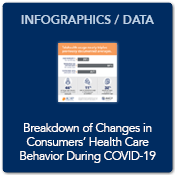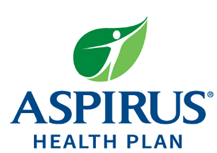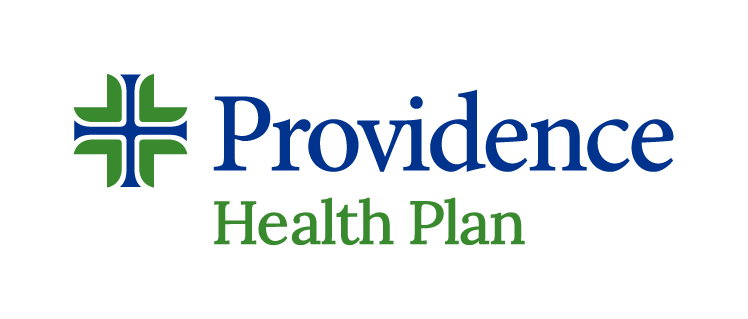The ongoing public health crisis is causing an unprecedented shift in the way Americans view and access health care. A nation of anxious but adaptable consumers carries major implications for a health sector that represents 18 percent of GDP. To gauge how consumers are responding, the Alliance of Community Health Plans and AMCP commissioned a national survey exploring consumers’ comfort level with the health care system.
Key takeways include:
-
- Seventy two percent of U.S. consumers have dramatically changed their use of traditional health care services during the pandemic
-
- Respondents cite their doctor as the most trusted source of information, but only 31 percent feel “comfortable” visiting their doctor’s office. In fact, 41 percent have delayed health care services and 38 percent intend to delay future care, treatment and procedures.
-
- However, these concerns have resulted in a potential bright spot – 28 percent report having used some type of virtual care in the past three months, nearly tripling previously documented averages. And an overwhelming 89 percent of those who have used telehealth were satisfied with the experience.
- As unemployment rises, so does anxiety about losing health insurance. Nearly a quarter of those with insurance (21 percent) are worried about losing coverage within the next six months. Among uninsured respondents, 38 percent expressed a willingness to pay $75-300 per month for coverage.
These insights provide a clear illustration of consumers’ attitudes toward the current health care environment and the work and potential opportunities that lie ahead for an industry already stretched to meet the demands of the moment.





































